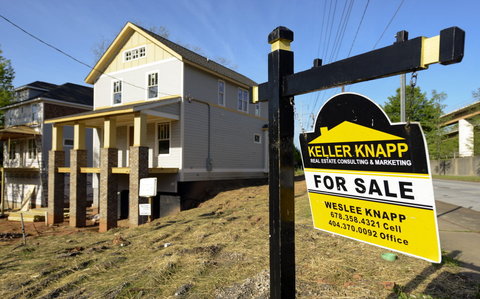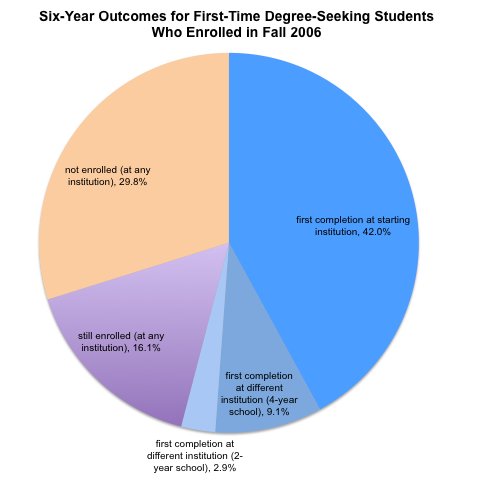 European Pressphoto Agency Newly built homes in Atlanta.
European Pressphoto Agency Newly built homes in Atlanta.
An analysis from the Pew Charitable Trusts finds that the use of the mortgage interest deduction varies widely across the country, with concentrations on the East Coast and in the West, and in areas with higher property values. The average size of the deduction varies, too.
Less populated areas use it less, the report found, so any change in the deduction is likely to be felt differently in various geographic areas. The analysis uses Internal Revenue Service state-level data from 2010 and ZIP code data from 2007 on the number of tax returns, the number of mortgage interest deduction claims, the amount of interest deducted and federal income taxes paid.
As the federal government looks for ways to reduce the deficit, the mortgage interest deduction — along with other tax deductions and exemptions — is coming under scrutiny.
Tax filers who own a home and itemize deductions are allowed to subtract interest paid on a mortgage from their income. In 2011, filers deducted about $360 billion in interest, resulting in about $72 billion in lost federal tax revenue, the report says.
Fewer than half of all homeowners, and about a quarter of tax filers, claim the mortgage interest deduction, the report said. The benefit of the deduction increases with the size of the mortgage: the bigger the mortgage, the greater the tax benefit. (Currently, the amount of mortgage debt eligible for the interest rate deduction is capped at $1 million.)
The percentage of filers using the deduction varies widely by state. In Maryland, for instance, the percentage was about 37 percent, while in North Dakota and West Virginia, it’s about 15 percent.
The average deduction among all filers nationally (including those who don’t take the deduction) was $2,713 in 2010. But the average amounts ranged from a high of $4,580 in Maryland to a low of $1,192 in North Dakota. (The average is calculated over all tax filers, so the amounts can be compared geographically.)
Pew’s Web site features an interactive map that lets you see the average deduction in your state and ZIP code.
The report didn’t make any recommendations, but said the data shows that changes to federal tax policy could have varying results in the states.
Do you claim the home mortgage interest deduction? How important is it to you?
This post has been revised to reflect the following correction:
Correction: May 2, 2013
An earlier version of this post misstated the amount of federal tax revenue forgone in 2011 because of the mortgage interest deduction. It was $72 billion, not $72 million.
Article source: http://bucks.blogs.nytimes.com/2013/05/02/use-of-mortgage-interest-deduction-depends-on-where-you-live/?partner=rss&emc=rss


